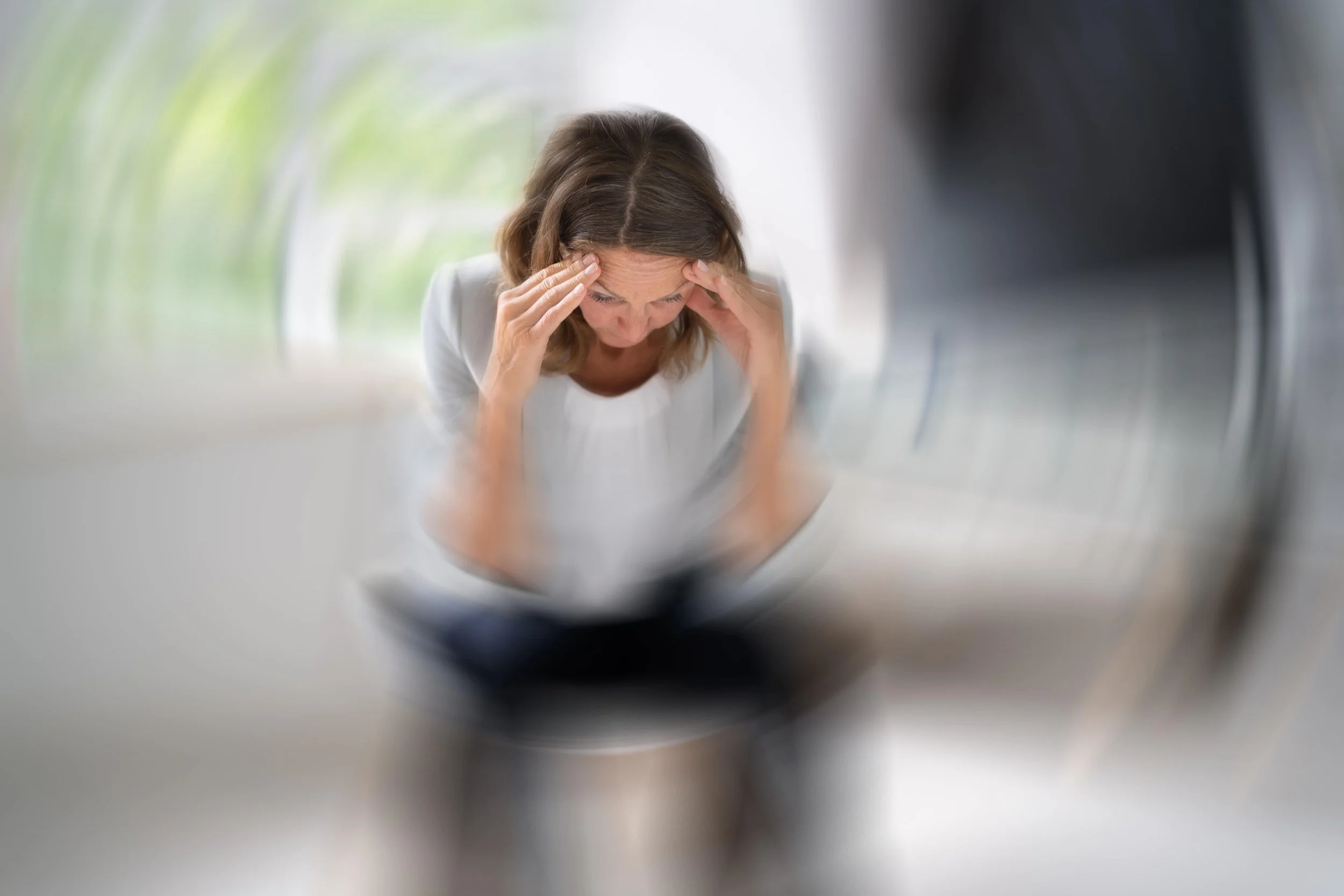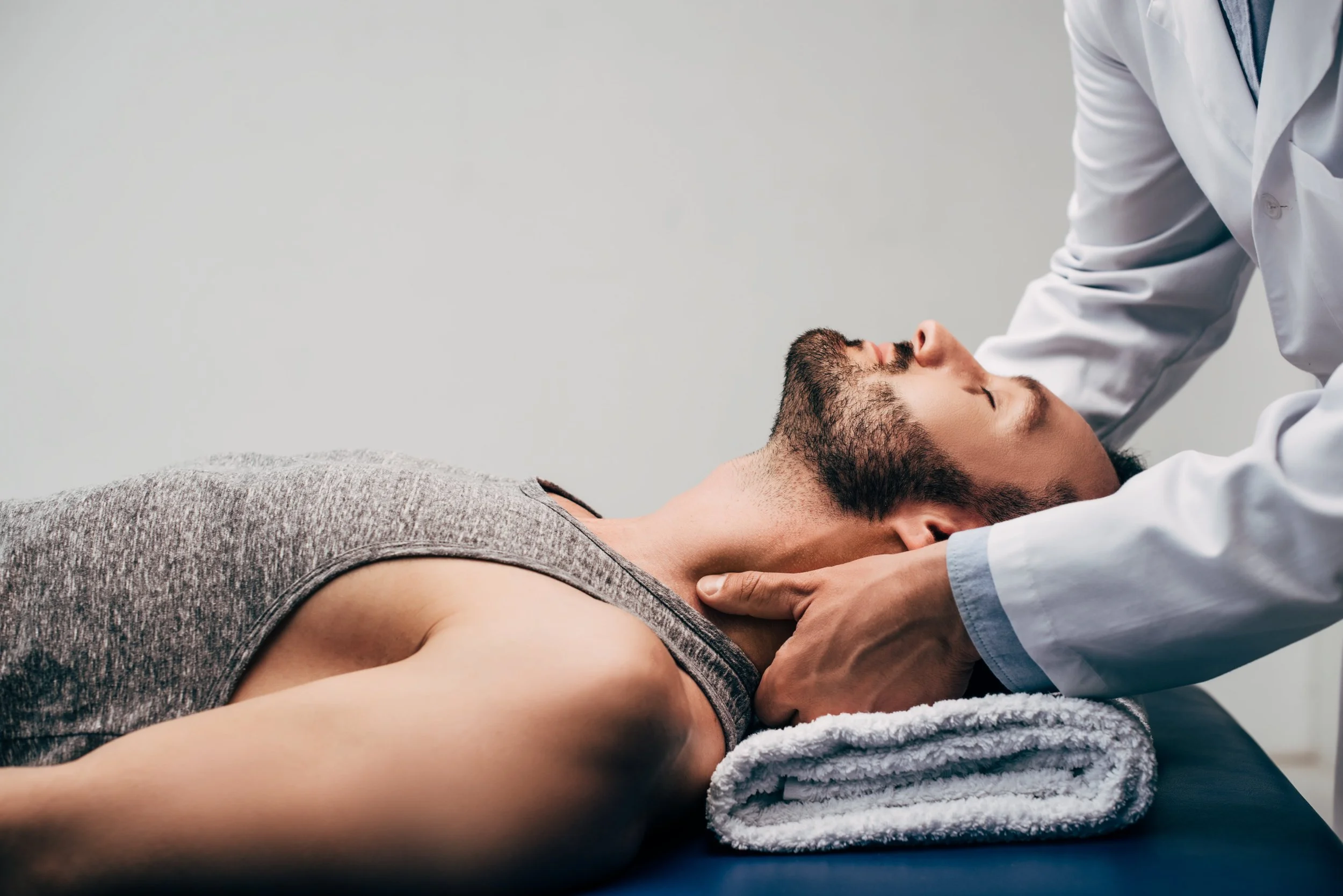Dizziness & Vertigo Treatment
Find Your Footing and Regain Your Balance
Experiencing dizziness and/or vertigo can be quite debilitating. The good news is that tailored Vestibular physiotherapy can often provide rapid relief.
Understanding Your Symptoms
Is it Dizziness, is it Vertigo or is it something else?
-
Dizziness is often described as a feeling of light-headedness, wooziness, or feeling faint. Our expert physiotherapists will conduct a thorough assessment to determine the cause of your symptoms and provide targeted strategies to help you find relief.
-
Vertigo is the distinct sensation that you, or the world around you, is spinning or moving when it's not. We can diagnose the specific cause of your vertigo and often provide immediate relief with specialised hands-on repositioning manoeuvres and vestibular rehabilitation.
-
This is a feeling of being unstable or off-balance when you are standing or walking, often leading to a fear of falling. We can help improve your stability and confidence with tailored balance retraining and strengthening exercises.
-
Symptoms like brain fog, nausea, or visual disturbances can also be related to vestibular issues. A comprehensive assessment with our team can help identify the underlying cause and create a clear path toward managing your symptoms effectively.
Vestibular Conditions We Treat
BPPV (Benign Paroxysmal Positional Vertigo)
A common inner ear disorder causing brief episodes of vertigo, often triggered by specific head movements. We perform specialised repositioning maneuvers to resolve BPPV efficiently.
Vestibular Neuritis / Labyrinthitis
Inflammatory conditions affecting the inner ear that result in prolonged vertigo, imbalance, and nausea. Our treatment focuses on symptom relief and vestibular rehab to restore function.
Meniere's Disease (management)
A chronic condition with fluctuating vertigo, hearing loss, and tinnitus. We provide management strategies to control symptoms and improve your quality of life.
Vestibular Migraine
Vertigo episodes linked with migraines, often with complex symptoms. Our team can develop tailored strategies to reduce frequency and severity.
Persistent Postural-Perceptual Dizziness (PPPD)
A long-term disorder characterised by chronic dizziness and unsteadiness. Our approach includes specialised vestibular therapy and balance retraining.
General Age-Related Balance Issues
Age-related decline in balance function can increase fall risk. Our therapies aim to improve stability and confidence in movement.
What to Expect at Your Appointment
FAQs
-
A GP referral is not essential for us to assess and diagnose your vertigo/dizziness. However if you are experiencing any nausea it can be helpful to talk with your GP about any medications that may be appropriate to help settle your nausea before the session.
-
For conditions like BPPV we can often resolve symptoms in 1-2 sessions. For other more complex cases of dizziness, we may need to see you again to address other contributing factors, such as stiffness in your neck or problems with your balance.
-
We usually recommend that someone drive you to your first appointment as we may need to replicate your dizziness as part of your Assessment and Treatment.
-
The Epley Manoeuvre is a simple repositioning procedure for treatment of BPPV. It involves a specific set of movements that uses gravity to guide the loose crystals in your inner ear back into their proper place. Once this has been achieved those crystals normally stop sending those confusing signals and your vertigo usually goes away.
Stop the spinning & start living
Book in with one of our two Dizziness & Vertigo experts today by calling us on 02 4628 0026 or secure your booking now by clicking the button below.
Luke Gomez
Sam Gardiner
APA Titled Sports and Exercise Physiotherapist
Physiotherapist
Our resident Vestibular Physiotherapists







